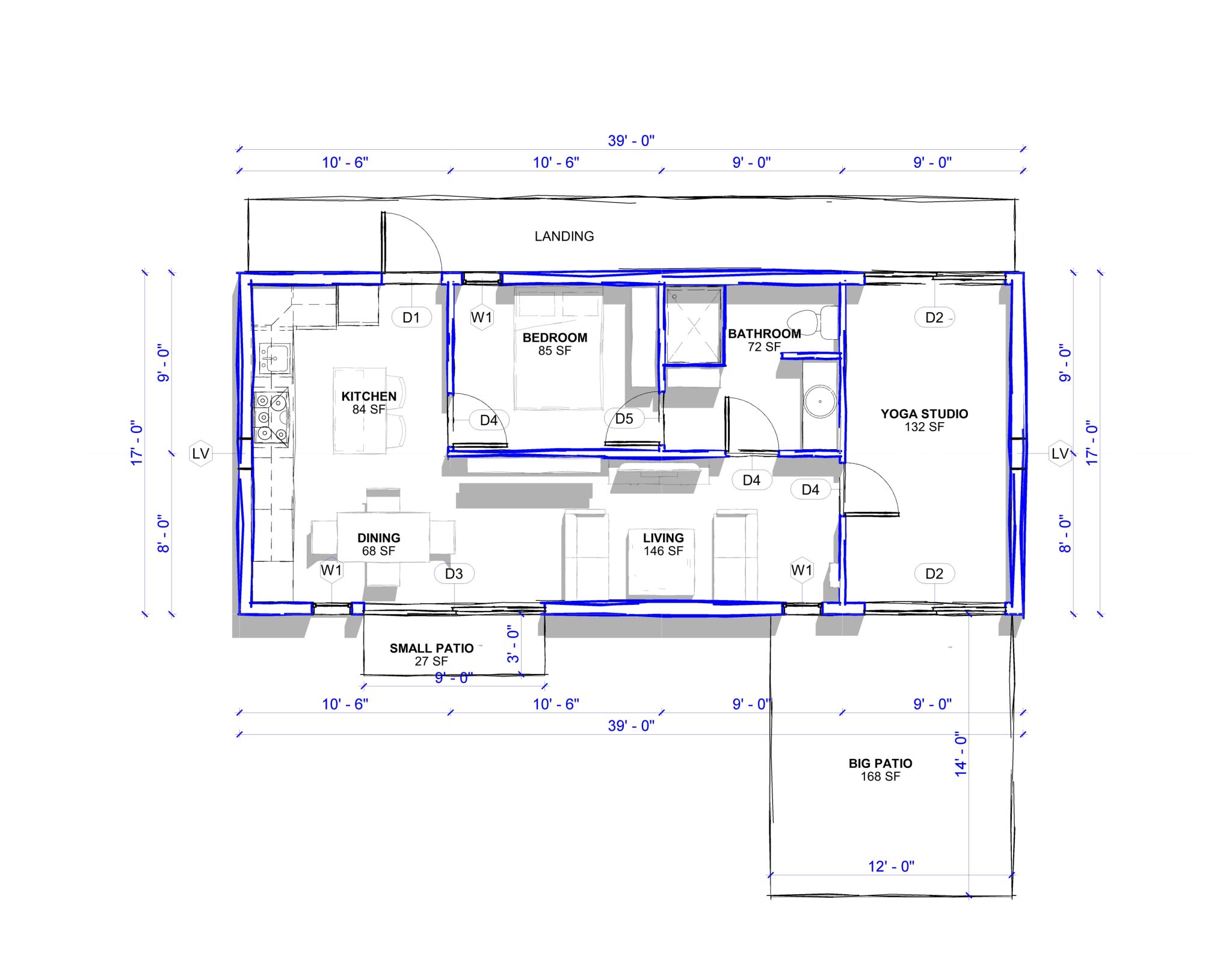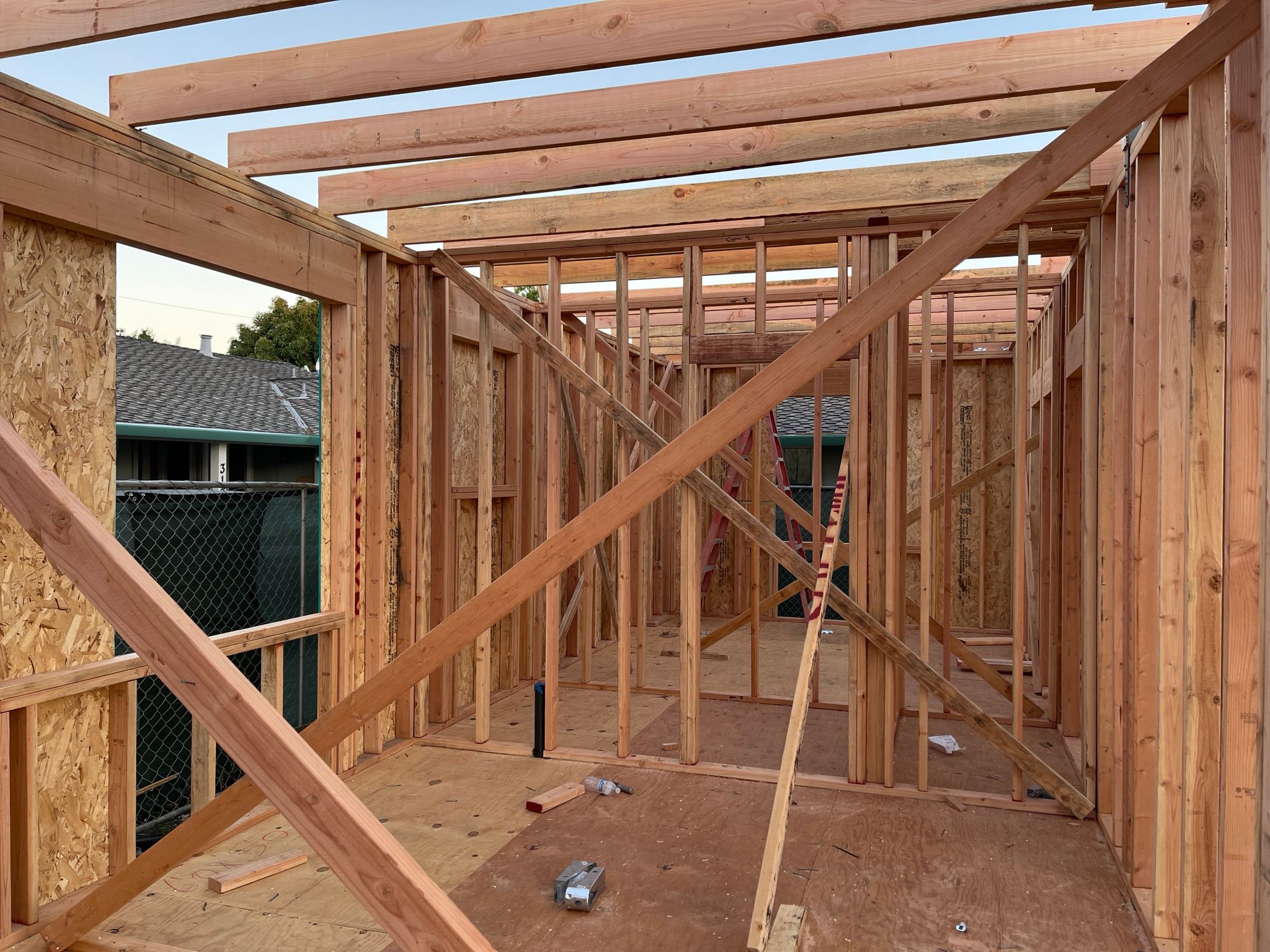The Ultimate Guide to Designing and Building Affordable ADUs in Los Angeles
Understanding ADUs
Accessory Dwelling Units, commonly known as ADUs, have become a popular solution for homeowners in Los Angeles seeking to maximize their property’s value. These small, secondary dwellings can provide additional income, serve as a guest house, or offer living space for family members. The appeal of ADUs is clear: they offer a flexible, cost-effective way to expand living space without the need for extensive new construction.

Benefits of Building an ADU
The benefits of constructing an ADU in Los Angeles extend beyond just increased property value. For one, they provide a sustainable housing solution in an area where space is at a premium. Renting out an ADU can generate a significant income stream, helping to offset mortgage costs or provide financial security. Additionally, having an ADU can enhance your property’s appeal to potential buyers, making it a wise investment in the long term.
Beyond financial considerations, ADUs also offer flexibility. Whether it’s providing accommodation for aging parents or adult children, or even creating a dedicated workspace, the uses are endless. This adaptability makes ADUs an attractive option for many homeowners.

Planning Your ADU Project
Before beginning the design and construction of an ADU, it’s crucial to understand the local regulations and zoning laws in Los Angeles. These can significantly impact what you can build, where you can build it, and how large it can be. Consulting with a professional who is familiar with the local requirements can save time and prevent costly mistakes.
When planning your ADU, consider your primary objectives. Are you looking to create rental income or provide additional living space for family members? Your goals will influence design decisions such as size, layout, and features.
Designing an Affordable ADU
Designing an affordable ADU requires careful consideration of materials and layout. Opt for materials that offer durability and energy efficiency without breaking the bank. Modular designs or prefabricated units can also reduce costs and construction time significantly.
- Simplicity: Keep the design simple to minimize costs.
- Efficiency: Utilize space-saving solutions like built-in storage.
- Lighting: Use natural lighting to reduce energy consumption.

Constructing Your ADU
Once you have a design in place, the next step is construction. Hiring experienced contractors who specialize in ADUs can ensure that your project stays on budget and is completed on time. It’s important to establish clear communication with your contractors and set realistic timelines to avoid any misunderstandings.
Avoid making significant changes during construction unless absolutely necessary, as this can lead to increased costs and delays. Careful planning during the design phase can help prevent these issues.
Financing Your ADU
Financing is a critical component of building an ADU. Homeowners in Los Angeles have various options available, including home equity loans, personal loans, and specific ADU financing programs offered by local banks and credit unions. It’s essential to explore these options thoroughly to find the most cost-effective solution for your budget.
- Home Equity Loans: Use your home’s equity to finance the construction.
- Personal Loans: Consider this option if you prefer not to use home equity.
- ADU Financing Programs: Some institutions offer tailored loans for ADU projects.
Conclusion
Building an affordable ADU in Los Angeles is a feasible goal with the right planning and execution. By understanding local regulations, designing with cost-efficiency in mind, and exploring financing options, homeowners can create valuable additional living space that meets their needs and enhances their property’s value. As urban areas continue to grow, ADUs offer a practical solution for expanding housing options while maintaining affordability.
